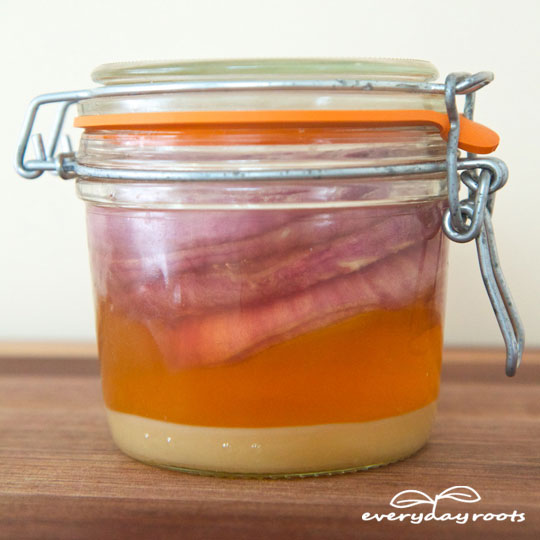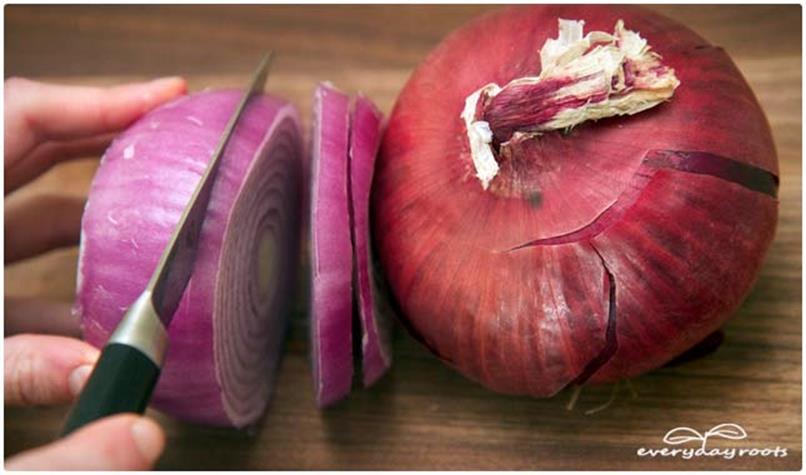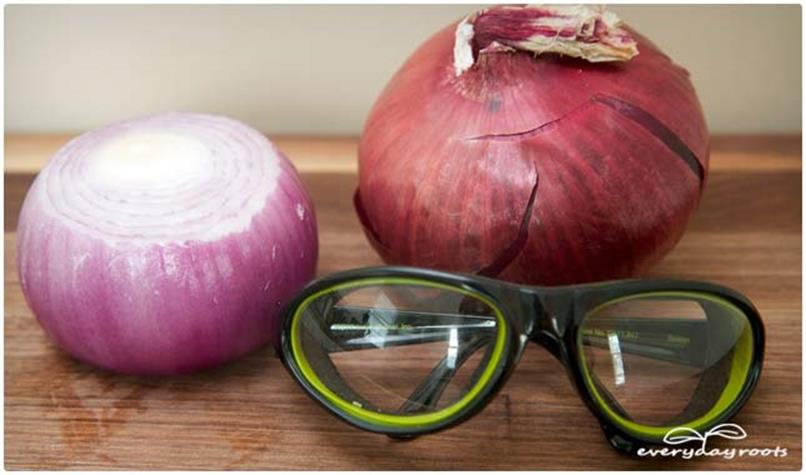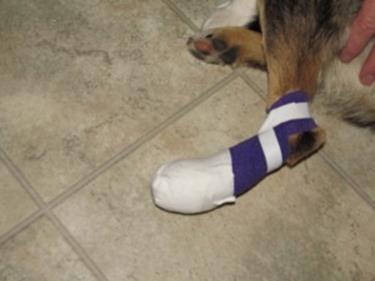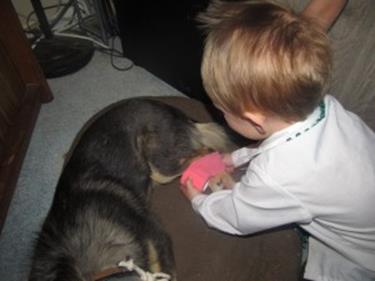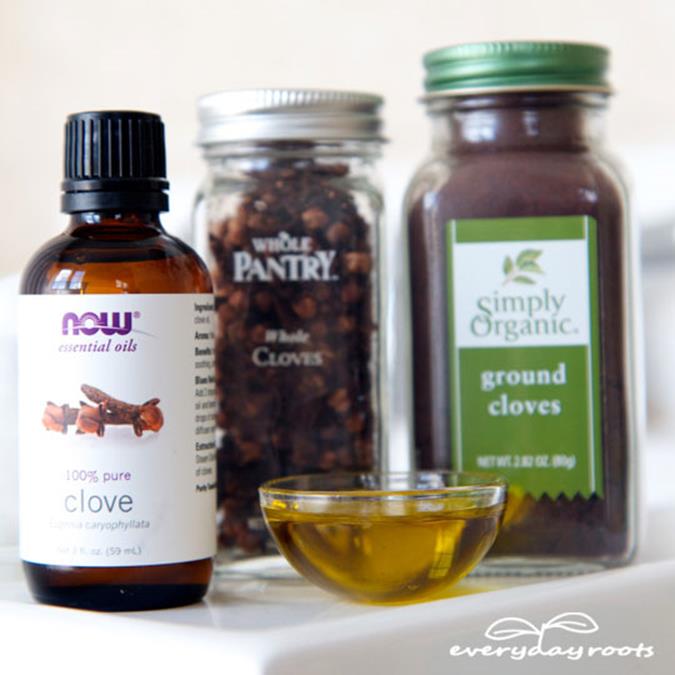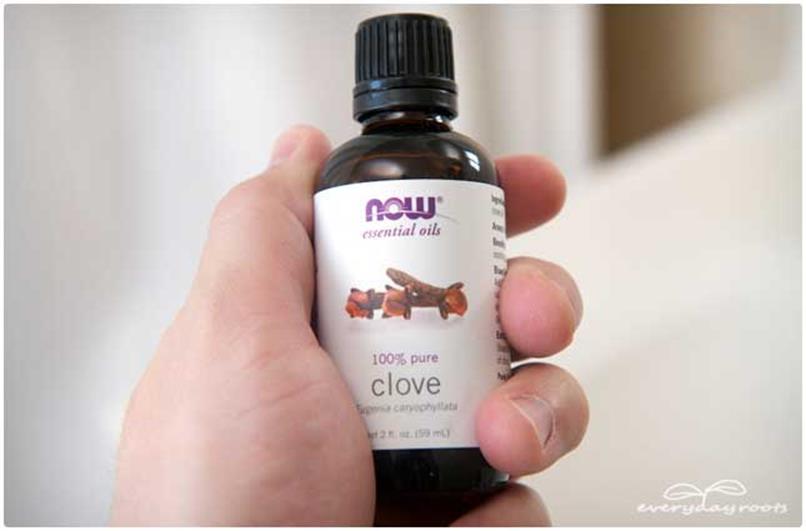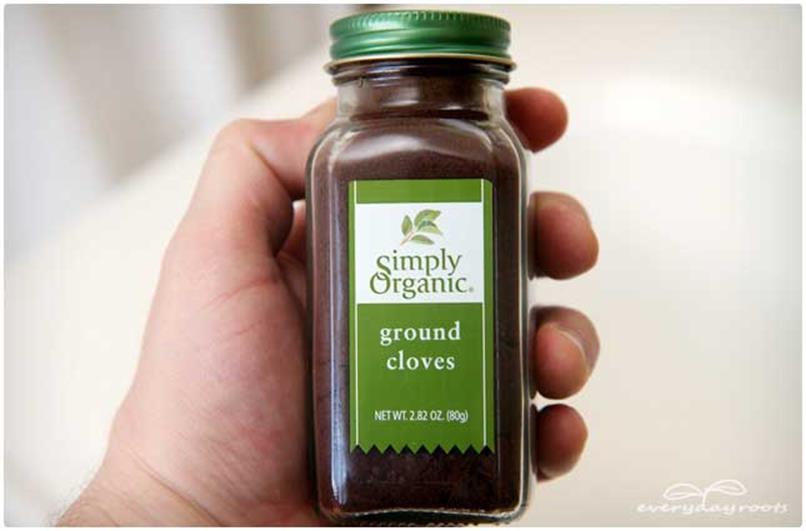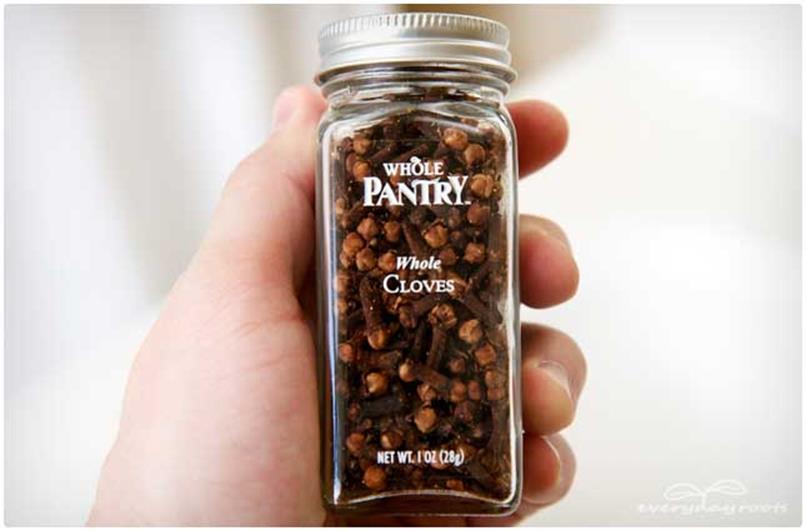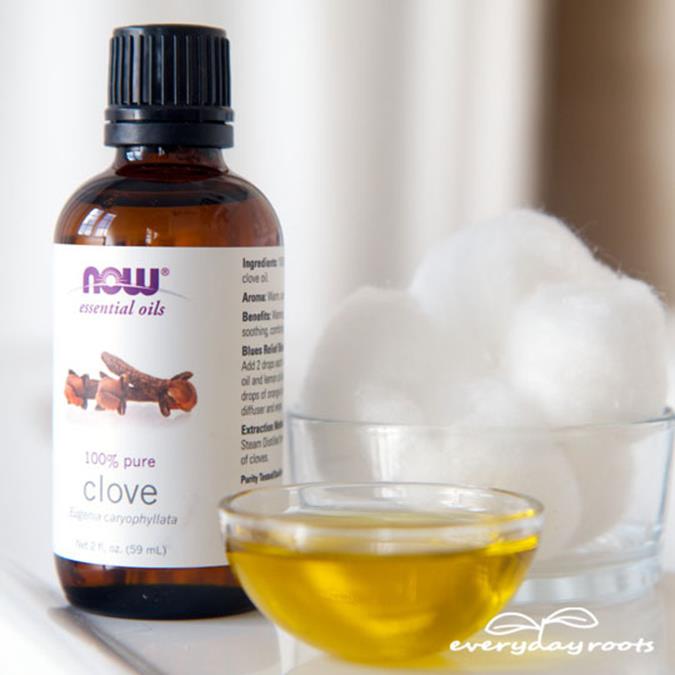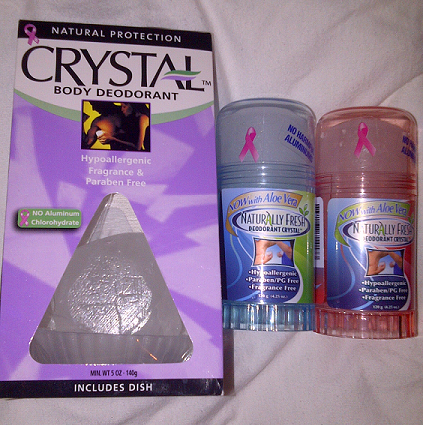This is a great article form http://survival5x5.com.
================
This post is focus mainly toward beginning preppers. But the experienced prepper may use this information to validate or refine their existing plans and practices.
My survival philosophy boils down to what I call the five P’s:
- Purpose
- Planning
- Preparation
- Practice
- Perfecting
1. Purpose
Why are you preparing? What are your family situations and conditions? For me, I have my wife and children to think about. I have distant siblings. And an aging mother. My in-laws are just a couple of hours away. And an elderly mother in-law. Your family situations will very greatly with divorces, step-children, and varying ages of your family members. Every family likely has a family member with a chronic illness – cancer, diabetes, sleep apnea, kidney disease, high blood pressure, and many more. As I have said in previous posts, a man’s primary duty in life is to provide his family with food, shelter, security, and love. Your religious values will play part into “why”. For me, I want to survival comfortably into my old age. And I want my children to grow and thrive. But only you can define this for yourself.
What are you preparing for? Do you live in a flood zone or on the coast, and worried about hurricanes? Do you live in an earthquake zone? Does your region receive blizzards or ice storms? Do you live in tornado alley? Do you live in a high-crime neighborhood or dense urban area? Are you worried about an EMP attack or solar storm? Are you worried about an economic collapse? Do you live near a nuclear plan or a factory that handles toxic materials? Is your town on the transit path for freight trains? Freight trains move millions of tons of toxic materials every year. Or simply, you can be preparing for the possibility of job loss or sudden illness. There hundreds of different scenarios to think about. But to be practical, you need to identify your own high risk concerns My major personal concerns are potential job loss, ice storms, economic collapse, and terrorist using weapons of mass destruction. Your top concerns will likely be different. The best approach for any prepper is to be prepared for nearly anything. Strive for the best — Plan for the worst. And be ready for any disaster situation.
2. Planning
Before you start to send a lot of money on buying survival supplies, the way to optimize your purchases is to make a plan. And not just to make one plan, but make several different plans. Your situation will drive what plans you might need to make. For example, if you live in California areas where brush fires are a possibility, you will need a plan for that. The following is a generic list of lists for most preppers:
-
Planning Effort 1: Bug Out Plans – You should have a distinct plan for a scenario where you must leave your homestead. Your plan should have at least three alternative destinations. Your first options are with other family members or close friends. Or you might have a cabin in the woods. Or you might have a camp ground you are very familiar with. The last resort is a tent in a national forest. For each destination, you should have several different routes. Your travel plan for each bug-out destinations should have the following different route plans:
- Fastest Driving Route – Usually over Interstate Highways
- Alternative Fast Route – A secondary route also over Interstate Highways, in case the primary route is blocked or overwhelmed with travel.
- Side Roads Slower Route – If you only could take side and secondary roads, and no highways, how would you drive there?
- Walking Route – If you had to walk to a bug-out location, what routes would you take? Route planning for walking is much more complicated. You might be following railroad lines, walking off paved roads, and through rough and wild areas.
- All your bug-out travel routes should be printed onto hard paper copies. Obtain commercial maps that capture the major and secondary roads to all your bug-out locations.
- Your bug-out plan should contain the criteria by which you are willing to bug-out. Survival in place, or stay at your homestead, is usually preferrable. Leaving is a hard decision. So think about that decision process well ahead of time.
-
If the routes are more than a 5 day walk, then consider pre-positioning some supplies along the travel path. If your primary retreat location is 500 miles away, then at mile post 150 and 300, you might want to create a mini-store of the supplies that will help you arrive at the final destination. Some good items to store in supply cache include:
- Gasoline or diesel fuel — Whatever your vehicle requires. And preserve it with Sta-bil.
- Oil, pre-mixed coolant, brake fluid, transmission fluid, or whatever fluids your vehicle may require.
- Another spare tire for your vehicle – When buying new tires, do not return the old tires to the tire dealer. Rather, put the old tires into your bug-out cache. A partial bald tire is better than no tire.
- Spare tool kit – Tools are too heavy to carry. Focus on what tools you might need to make repairs to your vehicle or equipment.
- Food, such as MRE’s and dehydrated food packages – MRE’s are great as escape food, but they are bulking. Dehydrated instant meals are desirable, when you must carry a week’s worth of food on your back.
- Water — Water is heavy to carry. Buy a couple of cases of gallon jugs for each bug-out cache. Refresh once per year.
- Ammo – Also heavy to carry in bulk – Have an extra supply for all your key firearms. Also stash some cheap .22 LR ammo for barter and hunting.
- Wool blankets – to supplement your bed roll and overcoats
- Extra pair of boots or hiking shoes with extra socks for each family member – expect someone’s shoes to have a blow-out
- Medical supplies, depending on your family’s needs
- Batteries for your communication devices and weapons – Have some charged and rechargeable batteries for each of your key devices.
- Some silver coins and cash – Perhaps $20 face value in silver coins and $100 in cash might be a nice amount. Needs to be just enough to help you get to the next step, but not enough to grieve over if stolen.
- Extra, inexpensive firearms – in case your firearms are damaged or confiscated by authorities, have a backup plan. Some good options are World War 2 military surplus rifles, such as Mosin-Nagant, a 22LR rifle, 12 gauge shotgun, bolt-action rifle in your preferred caliber. If your primary rifle caliber is .223 or .308, then have a bolt-action rifle of the same caliper at your bug-out caches. The goal is here is cheap, but reliable. Plan on buying and storing the weapons for a long time. You will need to take proper steps to store your weapons for long-term, so that rust does not accumulate.
- Store all your the items in your survival cache in water proof containers.
-
Here are some ideas about were to place your survival caches:
- Storages Rental Units – This is risky, since in the event of a WROL situation, expect most storage units to quickly be robbed. Look for a unit that looks off the beaten path, have decent security, and can be accessed with there is no electrical power. Do not go cheap on the lock. Put two high quality locks on the door. Put the goods into boxes with large labels. The labels should make the goods appear undesirable, such as “Tax Records”, “Text Books”, “Old Clothing”, “Used Toys”. From an outward appearance, make your storage unit appear to be low value. High value items boxed and out of sight in the back. Put low value junk upfront, blocking access to high value stuff. The goal is to make a thief want to bypass your storage unit.
- Buried cache in public forest land, in spot not frequented by hikers or campers.
- Store items with friends and family members
- Some apartment buildings will rent out lockers
-
Planning Effort 2: Bug-in / Survival in Place
- Whenever possible, always best to stay at home in a disaster or survival situation. Roads become quickly filled with people leaving. You are leaving all your stored supplies. The road is filled with risk and uncertainty. My last resort will be to leave my home. So I do whatever preparations possible that will allow me to stay at my homestead. The first thing to consider is, do not live in a high-risk location. I’ll never live on the coast with the potential of a hurricane. I’ll never live in the Los Angles basin with the risk of earthquakes. Living in a highly dense urban setting is inviting trouble unto itself. You only need to look at New Orleans during Hurricane Katrina. Many people were too poor financially or in poor health to leave the city, and were unable or unwilling to retreat. Not living in a city that is below sea-level is a wise thing. Ideally, you should be a three hour drive from any city with a population of 100,000 or more. Since that is not possible for most people, at least live an hour outside of major cities in the direction towards rural areas. For example, if you must work in New York City, I would not live on Long Island, which has no escape routes. Rather, I’d live upstate in Westchester, where I can run to the Catskills.
-
Planning Effort 3: Skills, Knowledge, and Capabilities
-
Create a plan for all the skills that you wish to acquire. The primary survival resources for any prepper is their ability to think, adapt and overcome difficult situations. This capability is grown. Just as true survival planning is a lifestyle, learning is a life long endeavor. Your skills plan should be prioritized along your weaknesses and vulnerabilities. The following are some ideas to put on your skills acquisition plan:
- Shooting skills
- Group defense tactics
- Gardening skills
- Gathering local wild foods
- Raising small animals for food, such as chickens, rabbits, goats, ducks, etc.
- Home-based business skills and trade
- Communication skills, such as ham radio
- Repair skills for tools and vehicles
- Clothing production and repair – knitting, wool spinning, general sewing skills
- Many more…
-
Planning Effort 4: Long-term Food Storage and Production
- As the world turns with good seasons and bad, do not let a bad period in your life get worse for lack of food. There are professional people in Argentina, Spain, and Greece who are eating out of garbage. They did not have a plan. There so many in expensive ways to build your long-term food pantry. Having your own garden is always a good thing to do. But some people living in suburbs or in the city cannot have a garden plot. But you can buy your food at farmers markets. Even in big cities, there are often farmers markets. Excellent skills to have are home canning and dehydrating foods.
- For long-term food storage, there are several vendors who do a great job. I am a big fan of Augason Farm, Honeyville, and MRE Depot. These vendors have given me good service in the past. I look for periodic coupons and specials, then load up. This is a big topic, so I’ll not dive into this deeply now. Look for a future post about building your long-term food storage plan. Long-term food storage should be carefully planned. You need to plan for how much calories to acquire, what is the right mix of foods, and what will your family actually eat.
- My recommendation is a single person should have at least 3 months of stored food at home. For a family, I recommend three years of stored food. Yikes! That is a lot of food. Here is my rational for 3 years. You need one year of food to survival a loss of job, major illnesses, or a full-on economic collapse. You need another year of food to survival through a growing season, until you can grow, produce, raise, and preserve your own food. The third year is insurance. When distant family members arrive at your door, will you turn them alway? Also allows you to give food to needy neighbors and poor families. It take a long time to accumulate this amount of stored food. You need discipline to rotate.
- Every survival prepper should have a plan to produce food in a long-term situation, where the food production supply chain is interrupted. Stored food will only last so long. Family members and good friends will be knocking on your door looking for a meal. Expect some stored food to go bad. Some of your long-term food production plan may include storing garden seeds, hunting and trapping if you live in rural areas, fishing, domesticating animals, or bartering with local farmers.
-
Planning Effort 5: Alternative Sources of Income
- If you lost your primary source of income tomorrow, what would you do? Do you have a fall back or alternative career? For a long-term survival situation, having a home-based business makes a lot of sense. Think in terms a trade skills, such as electricians, plumber, auto repair, well drilling, ammo reloading, security consulting, teaching, selling honey from bee hives, and 100′s of other possibilities. Your plan will need to included gain the skills, tools, and practical experience. Need to gain these items well ahead of time. After SHFT or TEOTWAWKI, that is no time to be acquiring the tools you need for a home-based business.
-
Planning Effort 6: Security and Defense
- You need a plan to confront security situations. You will need to be ready to handle home invasions, rioting and looters in your neighborhood, organized gangs threatening your neighborhood, etc. er SHFT or TEOTWAWKI, every interaction with another person become a security vulnerability. Starving people lose their moral base. You can not save the world. but you can save your family and your neighborhood.
- Start a neighborhood watch committee. This is a good thing to do, regardless of your survival plans.
- Get to know and be friendly with your neighbors. You will need to rely on your neighbors to come to your rescue, as they will need to rely on you.
- For those neighbors who you can truly trust, consider coordinating the acquisition of common firearms. In order to share common ammunition, magazines, cleaning supplies, and repair parts, it is best if you and your neighbors standardize on the same type of firearm. My recommendation is AR-15 or AK-47 as standard defense rifles.
- Consider how to improve the defensive position of your home. If your home have vinyl or wood exteriors, these do not stop bullets. Your roof is a very vulnerable spot for fires, man-made or naturally occurring. Can you upgrade your roof to a non-flammable material? How secure are your doors? The doors of most homes can be simply kicked open. How easily would it be to break through the windows or sliding glass doors of your home? A home alarm system is great to have, but in a grid-down, no electrical power situation, alarms cease to work. Perhaps you might acquire a sturdy watch dog, such as a German Sheppard (my favorite family dog).
- Having body armor and night scopes for rifles are high-value, but expensive items. Once you have all the basics covered, and you can afford it, body armor will improve your survivability in a WROL situation.
-
Planning Effort 7: Sanitation
- How will your remove and dispose of human wastes? Or of the wastes of your pets and food animals?
- How will you acquire and purify water?
- How will you wash clothing?
- How will you bath?
- How will you keep your homestead clean?
- How will you keep a sick person from getting the rest of your family ill?
- If a distant relative shows up at your door during a pandemic, what will you do?
-
Planning Effort 8: Medical Situations
- This is a bigger effort than having a first aid kit. You need both supplies and skills. Take first aid classes, learn CPR, learn how to suture a wound. Becoming a volunteer EMR technician will provide invaluable learning.
- Do you have any chronic medical issues in your family?
- What if you lost access to prescription medicines?
- What if your wife or daughter becomes pregnant after TEOTWAWKI?
- Can you suture a wound or treat a gun shot?
- Have antibiotics in your survival preps? What if your child gets an ear infection?
- Can your neighborhood provision its own medical clinic?
- If someone becomes critically ill, are you prepared for the sanitation issues that may result?
- How would you provide for family, and defend them, if you became ill?
- Are there any addictions in your family needs to be dealt with? If there is a smoker in your family, they need to quit — simple as that. Alcohol, prescription medicines, and illegal drugs can all be sources of addiction. During SHTF, addicts die quickly, when sources of addition are no longer available. Detoxing from alcoholism requires close medical attention. Deal with it now, or die sooner.
- How will you deal with an infected tooth? Are you capable of pulling a bad tooth in the proper way?
- Do you have any legacy medical problems that you keep pushing off to another day. Perhaps you have a hernia or slipped spinal disk. Or you need a knee or hip replacement. It is alway best to deal with it now. During TEOTWIAKI, delayed medical issues become life threatening.
- How would you handle a dead body, after TEOTWKAKI?
- What if your family acquired a water-born illness or food poisoning?
-
Planning Effort 9: Heat and Energy Sources
- After bad water, the next major cause of death after TEOTWAWKI will be exposure to cold weather. How will you plan to heat your home, if there is no electrical power for months or years? Most modern furnace need electrical power to run its computer and power the fans. A power generator is likely to run out of fuel in a few days or weeks. You will need a fireplace and/or wood burning stoves, if you live in any part of the country that receives cold winter weather. You should have outdoor quality rated sleeping bags for all your family members. And have lots of extra wool blankets.
- Without electrical power, expect to back into the 1800′s or early 1900′s style of living. Tools will revert to hand power. If you find hand tools at garage sale for cheap, these will be like gold after TEOTWAWKI.
- A power generator is a good tool. But it is only good for temporary emergencies. If you have a power generator, hire a licensed electrician to set up the home transfer switch. Learn how to properly use a power generator in a safe manner.
- Consider how you might store large amounts of diesel or propane fuel at your homestead, which store for longer periods than gasoline. Gasoline has a storage life of about two years, then it turns to gunk and clogs up your motors.
- Batteries are the key element of living a modern life or not, after TEOTWAWKI. Having a good supply of rechargeable batteries with solar power rechargers will allow you to listen to the radio, power your ham radio, and continue to use walkie-talkie for local coordination among your survival group. You will want to consider how to charge batteries, especially for your communicate devices. Having batteries will be the difference between living in the 1800′s or 2000′s.
- Distilling alcohol is a great home-based capability to produce fuel for lighting and vehicles.
- Make sure your home is well insulated, regardless of geographic location. The better insulated your home, the less energy you need for heating and cooling.
- Do you have well water on your property? You need alterative mechanism to pump water, when the grid goes down. Solar panels with batteries will help. Setting up solar panels requires skill, so do your research and get expert advice. Is your well shallow enough that you could rely on a backup hand pump? If so, acquire the hand pump now.
-
Planning Effort 10: Communication
- During a disaster situation, how will you contact your family, when perhaps the phone lines will be down? Does your family know ahead of time how to react to a disaster situation?
- Have multiple radios that run on batteries. I have several crank radios, which charge without new batteries.
- Consider having a CB radio in every vehicle as backup communication.
- Carry extra batteries for your mobile phone. Replace mobile phone batteries on an annual basis.
- Consider acquiring a ham radio license and equipment.
- You definitely should have walkie-talkies for each family member. Do not go cheap here. The cheap ones can be expected to fail at any moment.
- Set up some code words with your family, in case they have been abducted or under duress. The phase “I am just fine honey” can be established to mean, “There are bad people in the home now”.
- Talk to your neighbors about what they use to communicate during hunting or hiking.
3. Preparation
This is the execution portion of your survival prepping activities. Once you have all your plans create, which are customized your specific need, now you need to get all the stuff you need for survival. You cannot and will not buy everything you need at once. Do not feel overwhelmed. It takes years to obtain all the supplies and skills. You will need to prioritize against your greatest needs and greatest vulnerabilities.
True survival prepping is a lifestyle. You build your preparation activities into your daily/weekly activities. While many items you will acquire are one-time purchases, most survival related supplies need to be refreshed, rotated, maintained, and occasionally upgraded.
Go through all your lists and find your greatest vulnerabilities. When I talk to my neighbors and friends, I always first recommend that they have a gravity feed water filter, such as the Big Berkey. This is the first and most important survival purchases. Tainted water will be the biggest killer after TEOTWAWKI.
During this phase is when you will start your survival inventory. Keep a detailed tracking list of everything you acquire for survival prepping. Track the date, quantity, storage location, purchase price, expiration date, and planned usage for each survival item. Especially keep track of your long-term stored food, which must be rotated several times each year. I personnally use an Excel spreadsheet to track all my survival supplies.
Regarding building your food storage plan, start with the basics of what you eat every day. Everytime you go to the grocery stores, buy extra canned and dried goods of your everyday, regular eating foods. Do not focus on frozen foods. When the power goes out, you have 48 to 72 hours to eat too much frozen food. Once you build up 3 to 6 months of regularly used foods in cans, jars, and dried items, then have start a rotation plan. Eat the oldest food first. Only once you have your 6 months of regular foods build up, then start to look at long-term stored foods. With long term stored foods, this can be quite tricky. Look for more blog postings, other survival websites, and Youtube for advice on aquiring and storing long term food.
4. Practice
With your plans and during your journey to prepare, you must practice to acquire, retain, and improve your skills. It takes many years to become a good gardener. So start now while you have time to make mistakes. It takes a lot of ammo and good mentoring to become proficient with firearms. Home canning is a skill that requires practice. Acquiring secondary skills to start a home business can take years. Gaining first aid and other medical skills takes time and proper education. The key item to take away from this section of survival preparation, it is not all about acquiring stuff. Having guns and ammo without skills is a recipe for pain, suffering, and death. What good is having long-term stored food, if you have no cooking skills? All skills need to be refreshed and practiced. Knowledge diminishes with time and age. I don’t remember how to do calculus formulas, but if you gave me two intense month of practice, I could relearn from my college days. Same goes true with survival skills. Here are some suggestions for gaining practices and retaining skills:
- Joining a shooting club at your local firing range. Or take your wife on a date night to the firing range (yes, I know, not very romantic).
- Take your family on camping and hiking trips. If your family can rough it in the woods for a week, they will be ready.
- Preparing meals from your long-term storage. Cook all your meals from long-term stored foods for 2 days straight.
- Going lights out, no electricity, for an entire weekend. Do not use the power generate. Go back to fireplace for heating and cooking, manually hauling water, and using chamber pots.
- Practice the 30 minute, 60 minute, and 2 hour notice for bug-out. If you had only 30 minutes to leave, what would you take and would you be ready?
- Family fire drills are best practiced a couple times per year.
- Meet monthly with your survival group to discuss your plans and share experiences.
- Read other survival related blogs grow your knowledge. My links point to many high-quality survival blogs.
5. Perfecting
Perfecting is first accepting that you are never 100% ready. Perfecting is about continous improvement. Prefecting is about contigency planning. What if your spouse, God forbid, suddenly died, what would you do? How would you care for your children? Perfecting is about repeating the entire cycle of survival preparation. Re-evaluate your reasons for survival preparations. Once each year, update your plans and priorities. Your life will change as you age and your family evolves. Your job moves you to a new city. Your son leaves for college. Your first grandchild just arrive. Your parents enter a retirement home. All these good and bad family events require that you update your plans.
Update or create new survival plans, based on what is different and special about you. Perhaps you have a business that needs a disaster recovery plan. Or your jobs requires you to be available to provide critical community services. Perhaps you travel often for work, and need a long distance “return home” kit. If you drive long distances, you need to beef up your vehicle’s survival supplies. Live in a cold weather regions of the country, you may need to emphasize home heating and vehicle preparations. Live in hot weather regions of the country, you might need to emphasize water storage and air conditioning. Everyone has different needs and has different risks.
There is a #6 P that I left off the list. This item is optional, depending your specific religious beliefs. The 6th P is Prayer. I did not make this part of the primary list, because I believe in freedom of religion. And I believe in freedom from religion. If you believe in prayer, incorporate it into your survival preparations. Prayer provide clarity and focus, during times of stress and uncertainty. Prayer is medicine for the soul. Regardless of your religious beliefs, you must have faith. You need faith in yourself, that you can accomplish great things. You need to have faith in your ability to provide for your family during times of disaster and crisis. You need to have faith in the future, otherwise why would you prepare? In my opinion, a true survival prepper is an optimist, because that person believes in preparing for the future. A true survival prepper does not welcome disaster, but plans to live through a disaster, comfortably. Being an optimist is its own reward. You can easily become depressed by all the bad economic news, recent disasters, and political problems in the world. The world has always had problems and always will. Because you are a survival prepper, you are more likely to have a better future. That is what survival prepping means to me — having a better future. Many of us carry life insurance, car insurance, homeowners insurance, and medical insurance. Survival prepping is a life assurance insurance policy. I and my entire family has life assurance through my survival planning efforts. As I lay my down to sleep tonight, I sleep better knowing that I have worked hard today to provide for my family’s future. That is my “why”. Now, go forth and be fruitful!
Conclusion
Any expert who says they have the perfect plan is wrong. The best survival advice should be about give you the tools to formulate your own plans. My plans are far from perfect. Lord knows, I am far, far from perfect.
Via: survival5x5
 Follow
Follow